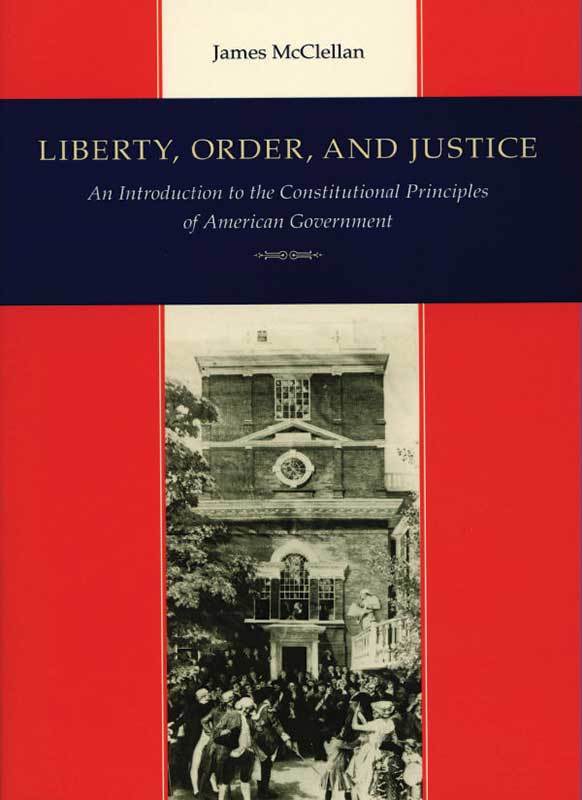
Liberty, Order, and Justice
- James McClellan (author)
Liberty, Order, and Justice seeks to familiarize students with the basic principles of the Constitution, and to explain their origin, meaning, and purpose. Particular emphasis is placed on federalism and the separation of powers. These features of the book, together with its extensive and unique historical illustrations, make Liberty, Order, and Justice especially suitable for introductory classes in American Government and for high school students in advanced placement courses.
Key Quotes
Law
The right of the people to be secure in their persons, houses, papers, and effects, against unreasonable searches and seizures, shall not be violated, and no warrants shall issue, but upon probable cause, supported by oath or affirmation, and particularly describing the place to be searched, and…